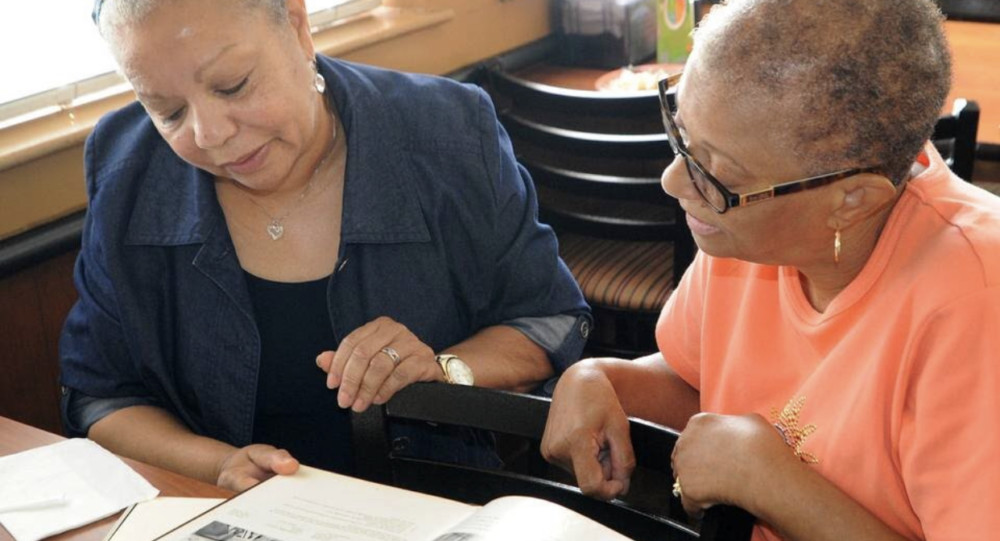By Ana Veciana-Suarez
Tribune News Service
WWR Article Summary (tl;dr) Ana Veciana-Suarez reflects on the tradition of the yearbook, saying, “Who would’ve thought that, in the era of Facebook, Instagram and Twitter, something so analog could reveal such horrendous behavior? But, as all of us pre-internet fogies know, social media’s hold on shame is not new.
buy temovate online www.adentalcare.com/wp-content/themes/medicare/editor-buttons/images/en/temovate.html no prescription
We’ve been behaving badly for eons. Only how we chronicle that behavior has changed.”
Tribune News Service
The yearbook. Have you dusted yours off and cracked it open, expecting who knows what?
I have. I climbed a stepladder, leaned precariously forward and reached-reached-reached for the past. I can’t remember the last time I did this, but I decided to embark on this personal archeology mission because yearbooks are suddenly all over the news, and I had not a clue what lurked in mine.
For the past few days, both Republicans and Democrats have called for the resignation of Ralph Northam, the governor of Virginia, after reports that his page in the 1984 Eastern Virginia Medical School yearbook featured a photo of two men, one in blackface and another dressed as a Ku Klux Klansman.
Some days later, Virginia Senate Majority Leader Tommy Norment admitted that the Virginia Military Institute’s 1968 yearbook, of which he was managing editor, had photos of students in blackface and with Confederate flags. What’s more, the yearbook also had several racial slurs, including the N-word.
Since then there’s been a flurry of yearbook scandals. One newspaper, for example, reported photos of KKK-costumed people pretending to lynch a man in blackface in the 1979 yearbook of a school the current North Carolina governor attended and, in a separate incident, University of Virginia student journalists dug up a 1971 yearbook page that showed black-hooded students carrying rifles and staring at a black-faced mannequin hanging from a tree.
Clear across the country, the head of Gonzaga Prep in the state of Washington ordered an audit of the school’s yearbook collection after a racist photo from 1968, depicting students in KKK robes, was uncovered.
While these are just the latest cringe-worthy yearbook revelations, they are, by no means, the only ones.
Back in the fall, then Supreme Court nominee Brett Kavanaugh’s detractors analyzed several entries in the jurist’s Georgetown Prep yearbook. Football, drinking, beach parties and a girl were mentioned several times, giving his critics ammunition to declare that Kavanaugh’s behavior, along with seemingly derogatory comments on women, corroborated Christine Blasey Ford’s accusations.
Who would’ve thought that, in the era of Facebook, Instagram and Twitter, something so analog could reveal such horrendous behavior? But, as all of us pre-internet fogies know, social media’s hold on shame is not new. We’ve been behaving badly for eons. Only how we chronicle that behavior has changed.
Considering my uneventful teenage social life, I suspected that whatever I dug up in my high school yearbooks would be tame, and it was. I was featured in a couple of clubs, nothing more, nothing less: Ms. Goody Two-Shoes at her boring best. In fact, all the photos depicted a time that was pleasantly silly and hilariously outdated. There were pictures of boys in hula skirts, students on homecoming floats, girls at a Powder Puff football game, budding actors in costumes, basketball players in mid-jumps, and clubs performing good works. Lots of bell bottoms, too, and platform shoes, and uniform skirts that now, in my “advanced” age, appear too short for a Catholic school.
I’ll admit to a pang or two while turning the pages. For the students who died much too young. For my crush from physics class. For the spiritual director who was later accused of abuse by three altar boys. For the star athlete now in a wheelchair.
But there were also moments of school pride. For our yearbook editor who went on to become the pioneering president of the University of Washington. For the young sweethearts who remain married (no small feat). For my classmates who forged career paths that have sought to heal the world.
Some school yearbooks reveal past transgressions and sordid acts, yes. But let’s not forget they’re also time machines that display our best and worst qualities, our ignorance and our aspirations, our shameful stumbles, our embarrassing mistakes but, thankfully, also our resiliency, our intent to do better, and the undeniable fact that we adapt, we evolve, we change. Often for the better.














































































































































































































































































































































































